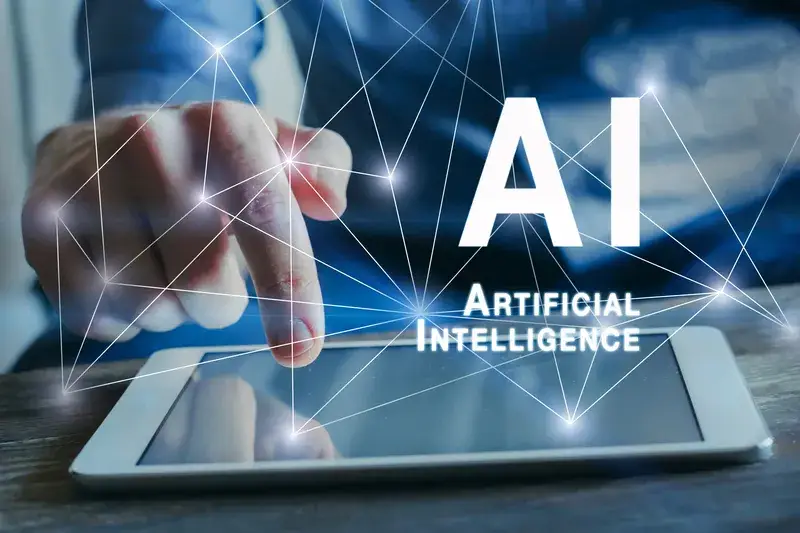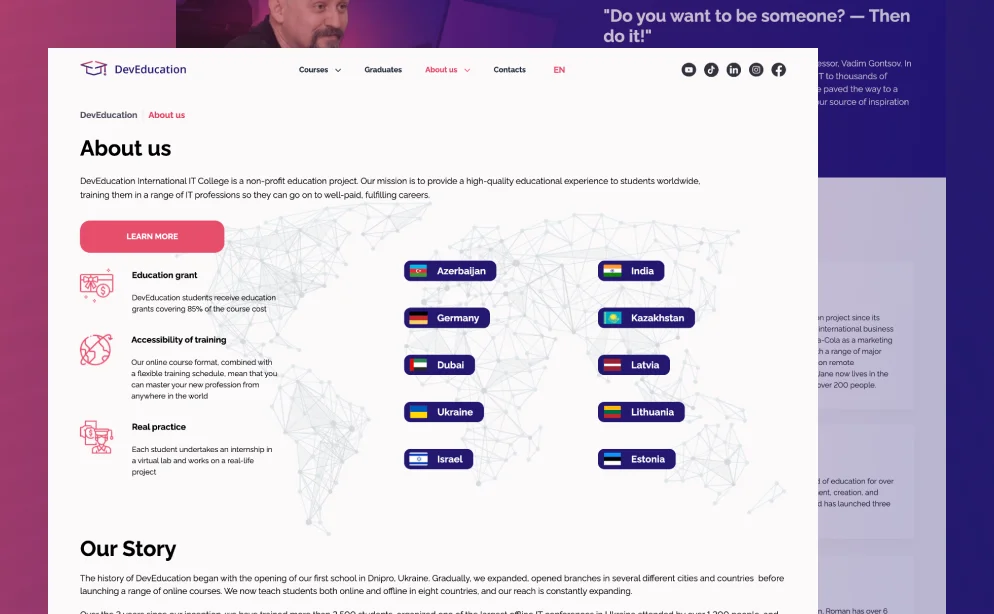During the Analysis stage, the focus is on gathering and understanding the requirements of the system. This includes conducting interviews, studying existing processes, and identifying stakeholders’ needs. The gathered information serves as a basis for designing a system that meets users’ expectations and addresses organizational challenges. The NIST SDLC integrates risk management activities through the application of the NIST RMF. The biggest difference between the lean methodology and the other methodologies is that the system’s full set of requirements is unknown when the project is launched. As each iteration of the project is released, the statistics and feedback gathered are used to determine the requirements.
It can be seen that testing is a main consideration in Benington’s model of information system development. Another variation of the SDLC model, where project verification and evaluation of each phase is also required, is the V-shaped model. In contrast, the waterfall model may be more appropriate for low-risk projects where requirements are well understood and potential bugs can be identified more easily. In fact, in many cases, SDLC is considered a phased project model that defines the organizational, personnel, policy, and budgeting constraints of a large scale systems project.
System Analysis
This is one of the most critical stages because it’s when your hard work gets put to the test. Once you’ve completed all testing phases, it’s time to deploy your new application for customers to use. After deployment, the launch may involve marketing your new product or service so people know about its existence. If the software is in-house, it may mean implementing the change management process to ensure user training and acceptance. Once all planning and requirements are in place, the plans are handed over to the systems architect who can then start working on the design of the systems. Often the systems to be designed are based on software or IT infrastructure.

A system development life cycle or SDLC is essentially a project management model. It defines different stages that are necessary to bring a project from its initial idea or conception all the way to deployment and later maintenance. Another problem is that the waterfall model assumes that the only role for users is in specifying requirements, what is the systems development life cycle and that all requirements can be specified in advance. Unfortunately, requirements grow and change throughout the process and beyond, calling for considerable feedback and iterative consultation. Once upon a time, software development consisted of a programmer writing code to solve a problem or automate a procedure.
1.1 Differences Between Iterative and Planned
Each stage contributes to the successful completion of the system, with System Design serving as a crucial component. A configuration management system shall be implemented during development and implementation. The Forensic Laboratory configuration management process is defined in Chapter 7, Section 7.4.5. Project management methods shall be used to control the development process.

Keep in mind that some agencies will only provide funding for this phase before approaching funding for the full project. Therefore, carrying out the analysis of the total cost of ownership is an important exercise to include in this stage. Creation of a project charter, signed by key stakeholders, is an essential component of the initiation and concept phase of the SDLC.4 This phase concludes with a “go/no-go” decision by key stakeholders. The system development life cycle (SDLC) is a complex project management model that encompasses system or software creation from its initial idea to its finalized deployment and maintenance. It then creates the software through the stages of analysis, planning, design, development, testing, and deployment.
Kanban Methodology: What is it and how do you use it?
The incremental model divides the product into builds, where sections of the project are created and tested separately. This approach will likely find errors in user requirements quickly, since user feedback is solicited for each stage and because code is tested sooner after it’s written. The spiral model emphasizes the need to go back and reiterate earlier stages a number of times as the project progresses. It’s actually a series of short waterfall cycles, each producing an early prototype representing a part of the entire project. This approach helps demonstrate a proof of concept early in the cycle, and it more accurately reflects the disorderly, even chaotic evolution of technology.

A security specialist shall be appointed to provide security advice for the project—this is usually the Information Security Manager. The Forensic Laboratory does not perform development or modification on purchased software packages. Change management procedures for operational software are implemented. Test criteria are met prior to implementation of operational software. Difficult to define requirements at the beginning and difficult to change at a later stage. Whether or not you are coding in the browser or doing more robust development work, you need a plan of action.
Systems development life cycle
Furthermore, developers will often create a software requirement specification or SRS document. Tests should prove that the system complies with all design specifications and any required security measures. All changes to a system must be formally controlled via the Forensic Laboratory change control process, as defined in Chapter 7, Section 7.4.3.

Theoretically, this model helps teams to address small issues as they arise rather than missing them until later, more complex stages of a project. The agile model is relatively well-known, particularly in the software development industry. The Big Bang model is incredibly flexible and doesn’t follow a rigorous process or procedure. It’s mostly used to develop broad ideas when the customer or client isn’t sure what they want. But in theory, it illuminates the shortcomings of the main waterfall model by preventing larger bugs from spiraling out of control. This can include handling residual bugs that were not able to be patched before launch or resolving new issues that crop up due to user reports.
What is a system development life cycle security testing provider?
This high-risk SDLC model throws most of its resources at development and works best for small projects. It lacks the thorough requirements definition stage of the other methods. An extension of the waterfall model, this SDLC methodology tests at each stage of development.
- The System Development Life Cycle encompasses a series of interconnected stages that ensure a systematic approach to system development.
- Improve chances of on-time, on-budget completion as users update in real-time, avoiding surprises during development.
- Various SDLC methodologies have been developed to guide the processes involved, including the original SDLC method, the Waterfall model.
- Use the above guide to identify which methodology you want to use in conjunction with your SDLC for the best results.
By anticipating costly mistakes like failing to ask the end-user or client for feedback, SLDC can eliminate redundant rework and after-the-fact fixes. The planning phase typically includes tasks like cost-benefit analysis, scheduling, resource estimation, and allocation. The development team collects requirements from several stakeholders such as customers, internal and external experts, and managers to create a software requirement specification document. The final stage of the software development life cycle is maintenance and operations.
Iterative Model: What Is It And When Should You Use It?
Some ideas include your clients, designers, your boss, or other technical representatives on the team. This stage of the SDLC forces you to obtain feedback and buy-in from relevant internal and external stakeholders. Most importantly, the first three steps seek to generate answers to questions and the last three steps are optimized to provide outputs.
